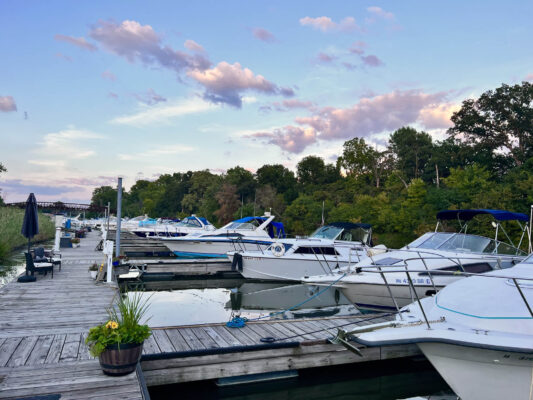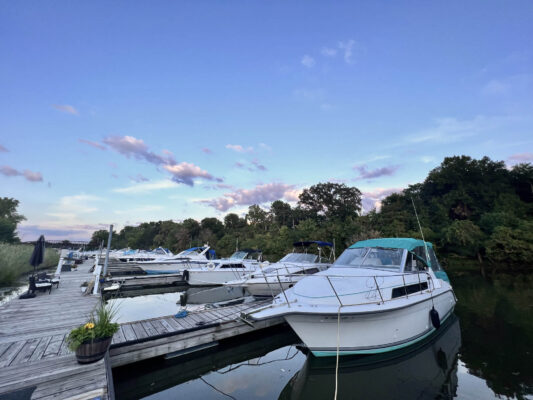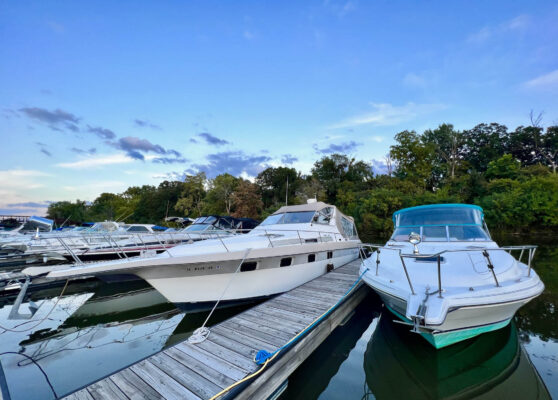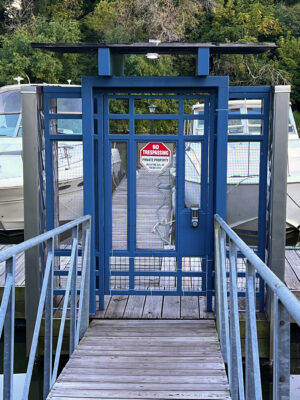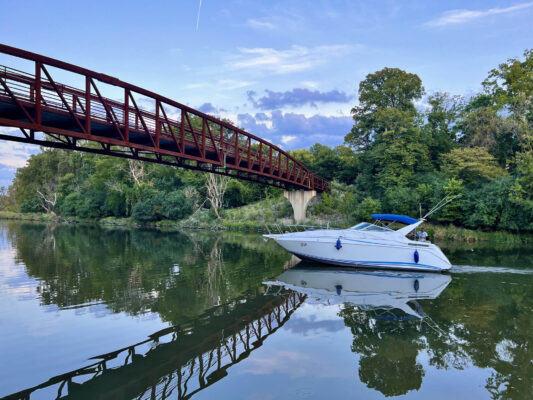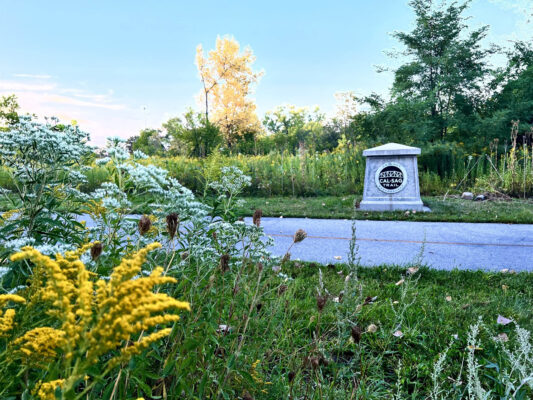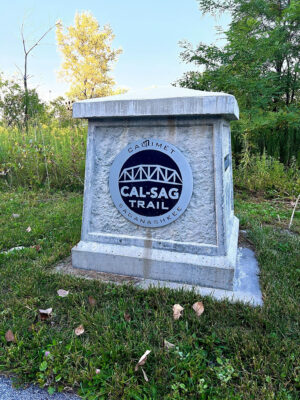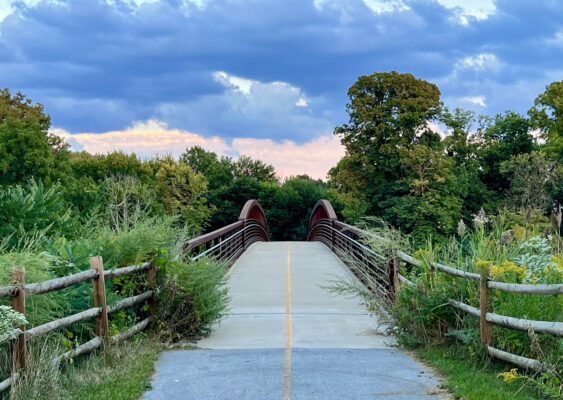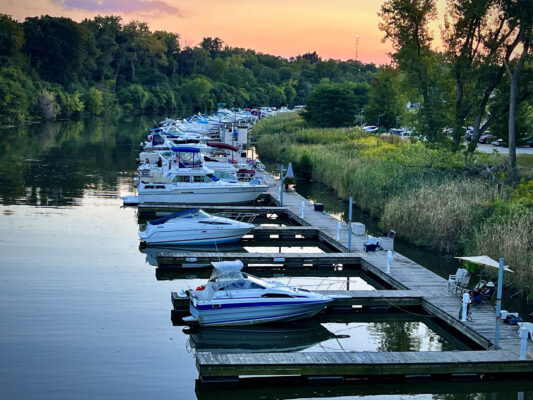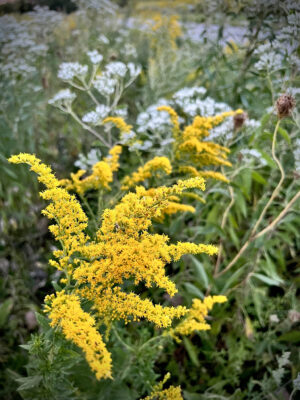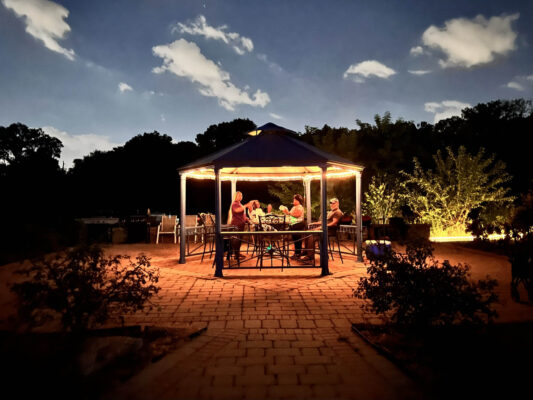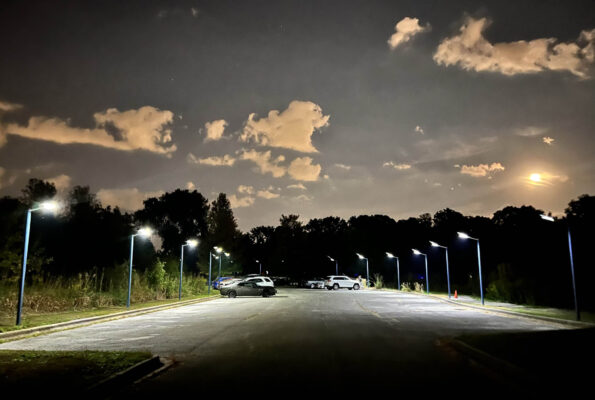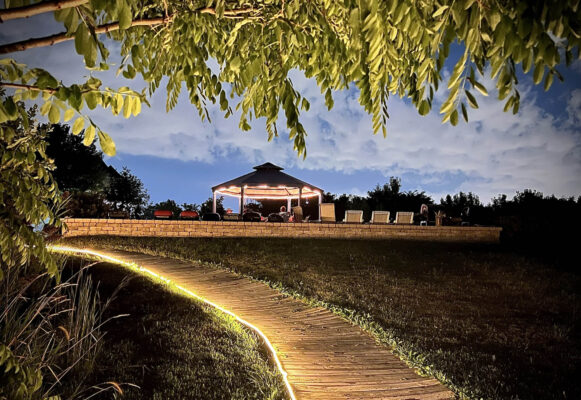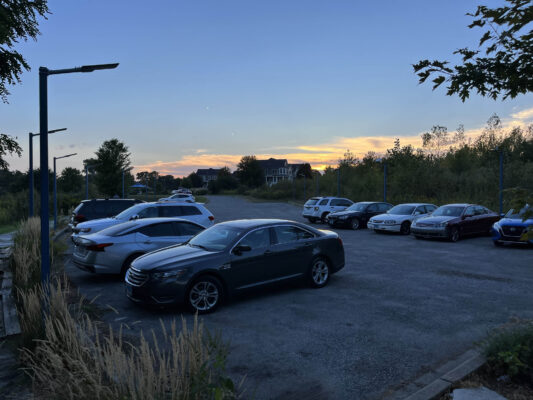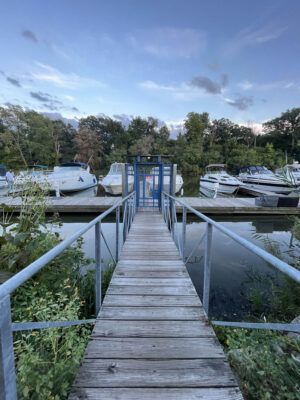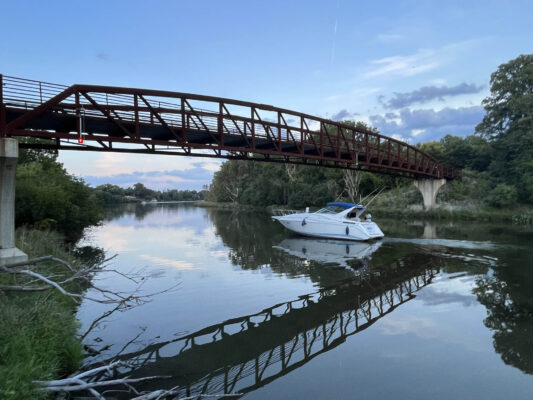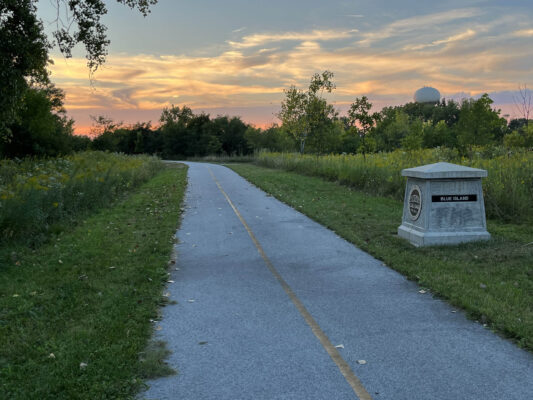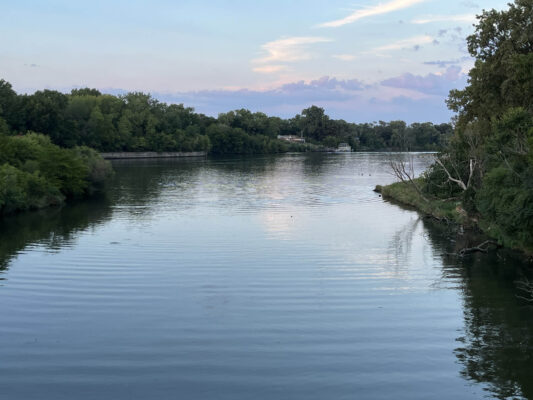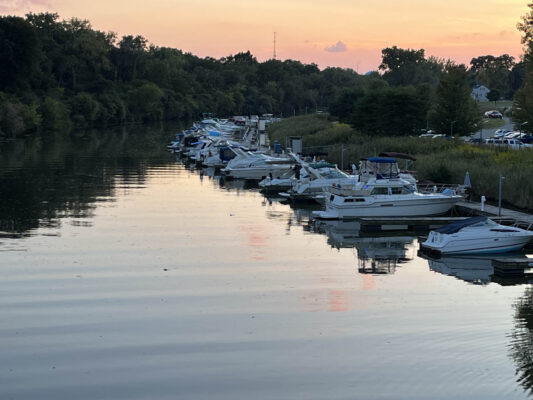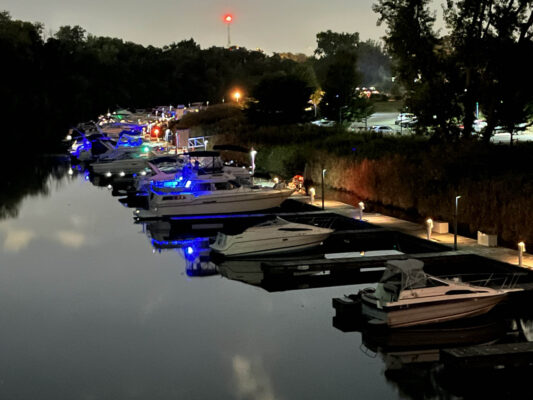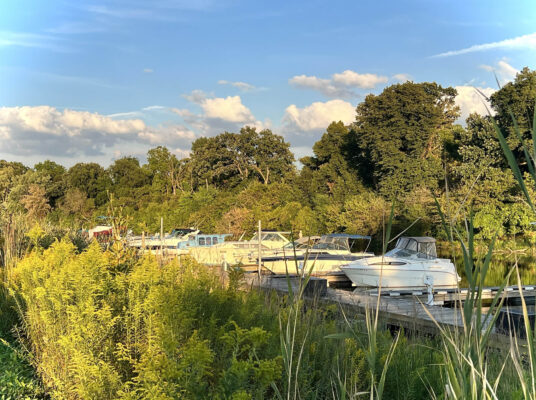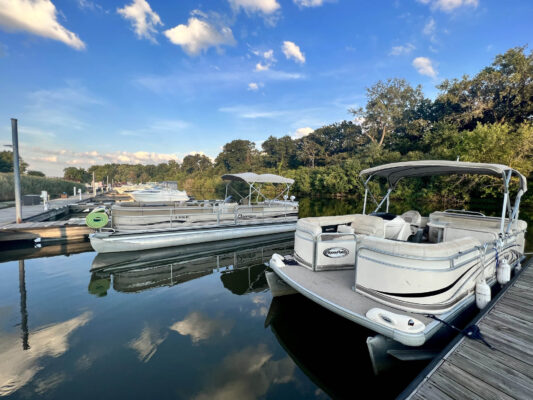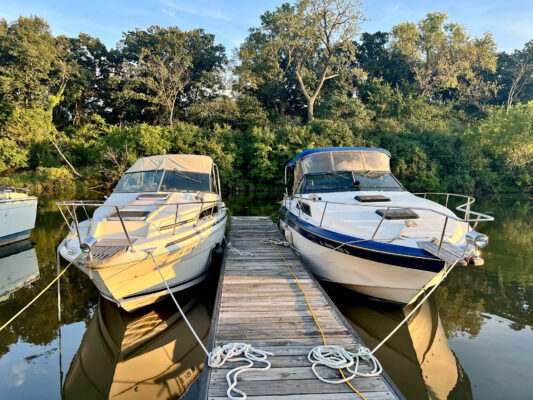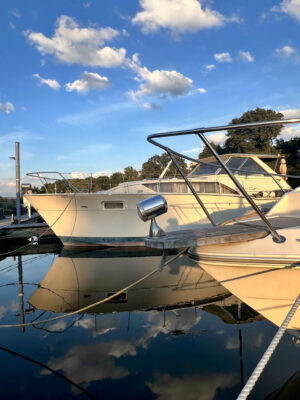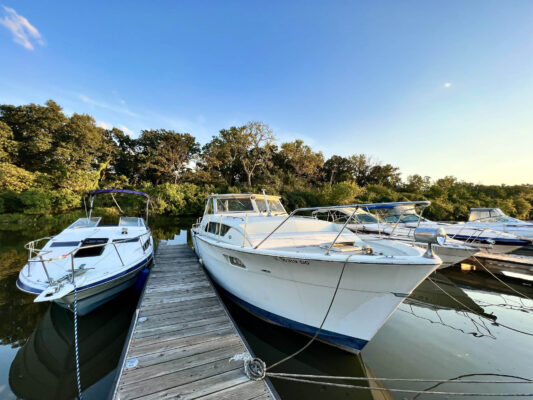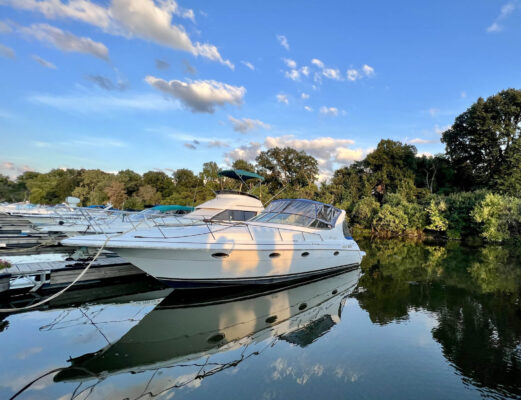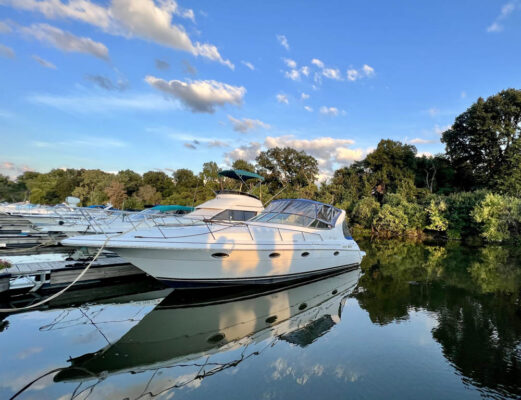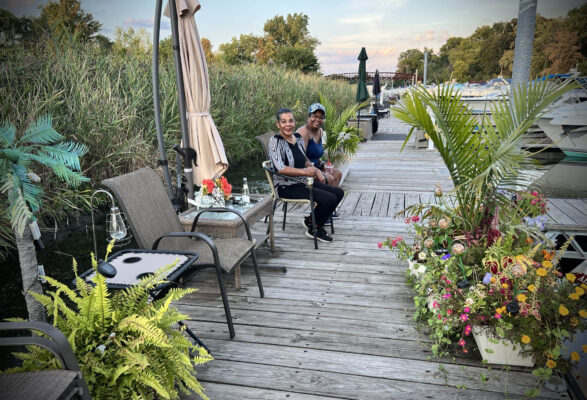About
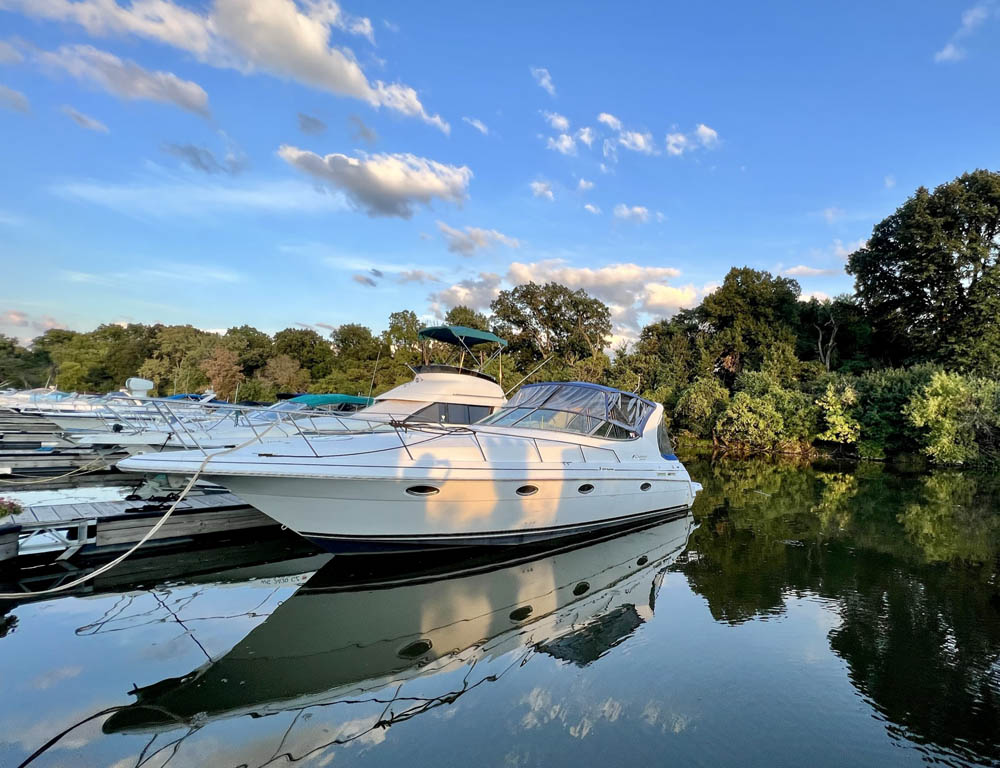
Fay’s Point is a residential community resting on a 43 acre penninsula between the Cal-Sag channel and Little Calumet river. The marina hosts 88 boat slips. Construction and restoration of the site begain in 2006. The area is surrounded by storm management ponds and wetlands, providing habitat for native species of plants and small animals.
Residences are designed to be eco-friendly. Rainwater from roofs is generally discharged to naturally landscaped areas or to rain barrels. Driveways and pavement either uses sheet flow or is piped to a series of detention ponds with native and wetland plants that allow sediment to settle and the plants to cleanse the water. The ponds slowly absorb the water into the ground, with larger discharges led to a 600’ by 3’ diameter storage pipe under the Marina parking lots, which slowly releases the water through a combined 600’ of level spreader at the mitigated wetlands along the river shore.
Wildlife such as beavers, muskrats, turtles, coyotes, deer, opossums, herons, egrets, cormorants, red tail hawks, and even occasionally bald eagles are commonly spotted. The return of the natural shoreline has enhanced the ability of fish to find shelter and forage, with the underside of the floating docks offering food and cover. The “bridge” ponds connecting the docks to shore act as shallow wetland nurseries for baby fish and amphibians. June brings nesting snapping turtles, and when found, the nests are protected by staff. Most importantly, maintaining the natural state of the river’s edge helps complete the natural corridor as it connects to adjacent forest preserves.


